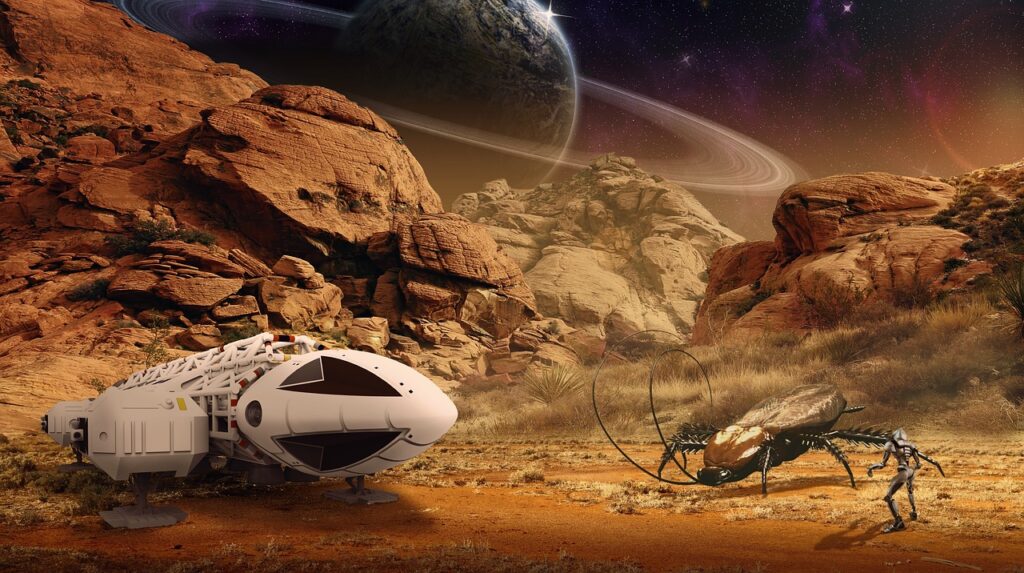Taylor Swift Songs in G Major: The Architecture of Romance
G major is often called the “people’s key”—open, bright, and welcoming. Many taylor swift songs in g major, from “Love Story” to “You Belong With Me,” use this palette for a reason:
Open chords—the guitar rings with full resonance, accentuating both lyric and hook. Easily sung by audiences: the melodies fit the natural, untrained vocal range. Emotional tone: G major’s brightness supports Swift’s ability to write about longing, hope, and risk without sliding into melancholy.
“Love Story”: Romantic Discipline in Lyric and Structure
The romantic tale in “Love Story” hits every classic note but resists cliché:
Verse 1: Forbidden love, secret glances, anticipation. PreChorus: Longing sharpened by restriction—the parents’ opposition. Chorus: Agency and confession. The pivotal line “Romeo, take me somewhere we can be alone” is set to the G major lift, pushing both melody and narrative forward.
Each return to the chorus enforces the sense that this story, while ancient in reference, is about choice—“just say yes.” This is a key theme in taylor swift songs in g major: declarations are not passive, but decisiondriven.
The Role of G Major in Pop Romance
Why does the key matter? Because in taylor swift songs in g major, melody is as clear as intent:
Chord progressions (GDEmC) ramp and resolve tension, giving a sense of both forward movement and homecoming. The bridge, often the emotional climax, soars with little effort, making each “marry me, Juliet” a natural release. G major encourages repetition without fatigue—essential for storydriven refrains.
Lyric Analysis: Simplicity Is Strength
Swift’s discipline is evident—she uses classic images (balcony, father’s warning, masquerade, escape) but controls the language:
No overwriting; every word advances plot or emotion. Verses are brief; choruses repeat with variance. Dialogue in lyrics (“And I said, Romeo take me…”) makes the listener part of the story.
This approach is matched in other taylor swift songs in g major: the narrative is always forefront, never lost in melodic complexity.
Why “Love Story” Resonates
Accessibility: The structure and the key make “Love Story” performable by amateurs—guitar, piano, or a cappella. Thematic universality: Anyone who’s loved despite a barrier, parent, or naysayer connects instantly. Resolution: Unlike many classic love songs, “Love Story” ends with triumph, not resignation. The melody and lyric discipline reinforce that risk is not just lament; it can result in winning.
The Song’s Place in Swift’s Catalog
Among taylor swift songs in g major, “Love Story” stands as both a calling card and a touchstone. Later, more complex arrangements (“Enchanted,” “Sparks Fly”) would experiment with dynamics, but it is “Love Story” that shows the blueprint:
Start with an obstacle. Let the melody build expectation. Resolve both story and melody decisively.
Romantic Tale Lessons for Songwriters
Use G major for honest, everyday longing—don’t obscure with unnecessary minor keys. Root choruses in the tonic chord—let the structure feel inevitable. End with action; romantic tales are driven by decisions, not fate. Build in repetition for singability, but ensure each return to the chorus adds perspective (the listener should want to “say yes” alongside Juliet).
Pop Culture Impact
“Love Story” transformed Swift from country star to global pop narrative force. Countless covers, parodies, and wedding performances—proof the melody and structure are universally effective. The discipline of G major means “Love Story” works in every setting, from solo acoustic to stadium pop.
Final Thoughts
“Love Story” is not just a hit; it is a lesson in how discipline—both in chord choice and narrative—makes romance matter to the masses. In the context of taylor swift songs in g major, it is the perfect synthesis of tradition and freshness: a fairy tale reimagined for agency, accessibility, and joy. For every songwriter or lover of stories, Swift’s work gives a map: choose structure, raise stakes, and end with hope that feels earned, not given. In the pop landscape, few tales are told with more precision or lasting power.
